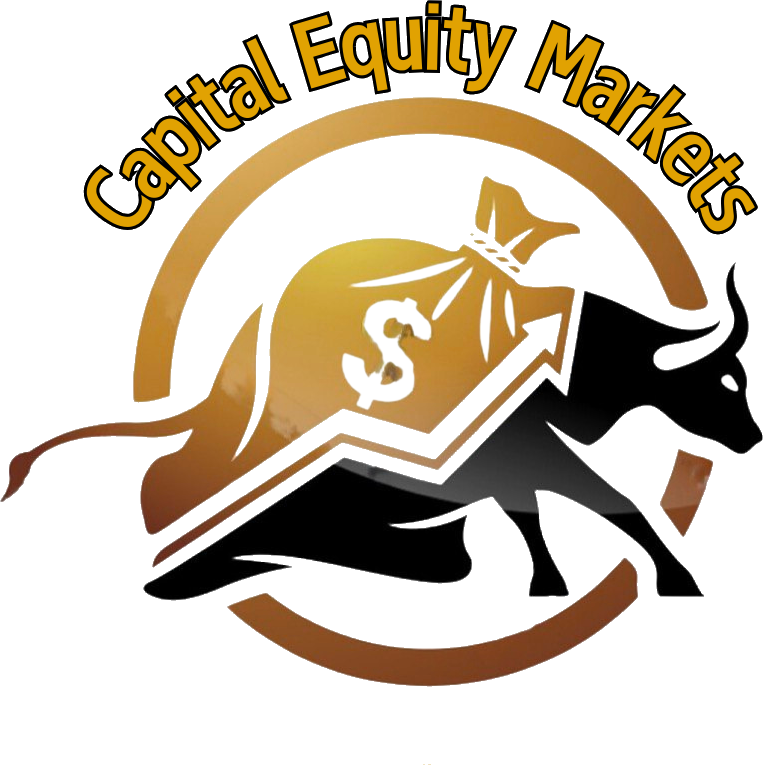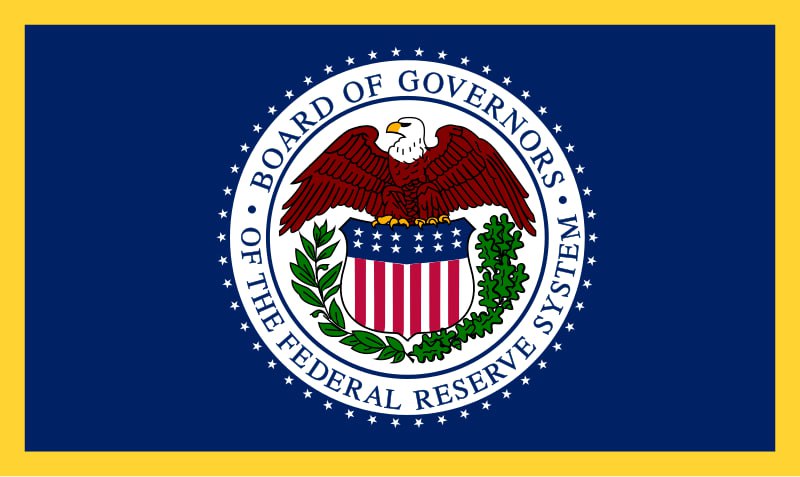How U.S. Federal Reserve Inflation Policy Impacts Financial Markets.
Inflation, a sustained increase in the general price level of goods and services, is a critical factor influencing the U.S. Federal Reserve's (Fed) monetary policy. The Fed's approach to controlling inflation—whether through interest rate hikes, quantitative easing, or other tools—has profound and far-reaching effects on financial markets. Understanding these dynamics is essential for investors, businesses, and policymakers alike.
The Fed’s Dual Mandate:
The Fed operates under a dual mandate: to promote maximum employment and ensure price stability. Inflation management falls under the latter. The Fed aims to keep inflation at an annualized target of 2%, a level considered optimal for economic growth without significant distortion in purchasing power.
When inflation rises above the target, the Fed typically employs contractionary monetary policies, such as raising interest rates. Conversely, when inflation is below target, the Fed may lower interest rates or implement asset purchases to stimulate economic activity.
Mechanisms Through Which Inflation Policy Impacts Markets:
1. Interest Rates and Bond Markets
When the Fed raises interest rates to combat high inflation, it makes borrowing more expensive for consumers and businesses. This leads to reduced spending and investment, cooling the economy and, by extension, inflation.
For the bond market, higher interest rates typically result in falling bond prices. Investors demand higher yields for new bonds to compensate for the increased rates, diminishing the value of existing bonds with lower yields. This dynamic is particularly pronounced in long-term bonds, which are more sensitive to interest rate changes.
2. Stock Markets
Higher interest rates also ripple through equity markets. Rising rates increase the cost of capital, potentially lowering corporate profits and making equities less attractive compared to fixed-income securities. Growth stocks—companies whose valuations hinge on future earnings—are especially vulnerable since their cash flows are discounted at higher rates.
Conversely, sectors like financials and energy may benefit. Banks, for example, profit from a wider spread between borrowing and lending rates in a high-rate environment.
3. Currency Markets
The Fed’s inflation policy significantly affects the value of the U.S. dollar. Higher interest rates often attract foreign capital seeking better returns, driving up the dollar's value. A stronger dollar, however, can hurt U.S. exporters by making their goods more expensive abroad while benefiting importers by reducing the cost of foreign goods.
4. Real Estate
Higher interest rates impact the housing market by increasing mortgage rates. This dampens housing demand, lowers affordability, and can lead to declining home prices. Real estate investment trusts (REITs) also face challenges due to rising borrowing costs and potential declines in property values.
5. Commodities
Inflation expectations play a key role in commodity prices. Precious metals like gold often serve as a hedge against inflation, while other commodities may rise or fall depending on the demand-supply dynamics affected by the Fed’s policies.
Investor Sentiment and Market Volatility:
The anticipation of Fed actions often drives market volatility. Markets closely monitor indicators like the Consumer Price Index (CPI), the Producer Price Index (PPI), and employment data to predict the Fed’s next moves. Sudden policy shifts or unexpected inflation data can lead to significant market swings as investors adjust their portfolios in response.
For instance, the Fed's aggressive rate hikes in 2022 to curb surging post-pandemic inflation caused turbulence across equities and bonds, prompting a reassessment of asset valuations.
Global Implications:
The Fed's inflation policy also affects global financial markets, as the U.S. dollar serves as the world's primary reserve currency. Higher U.S. interest rates can lead to capital outflows from emerging markets, putting pressure on their currencies and increasing the cost of dollar-denominated debt. This dynamic can result in financial instability in vulnerable economies.
Key Takeaways for Investors:
Diversification is Essential: Inflationary periods often lead to uneven market performance across sectors and asset classes. Diversified portfolios can help mitigate risks.
Focus on Quality Assets: Companies with strong balance sheets and pricing power are better equipped to withstand inflationary pressures.
Monitor Fed Communications: Staying attuned to Fed statements and economic indicators can help investors anticipate potential market shifts.
Consider Inflation-Linked Investments: Assets such as Treasury Inflation-Protected Securities (TIPS), commodities, and real estate can offer protection against inflation.
Conclusion:
The U.S. Federal Reserve’s approach to managing inflation plays a pivotal role in shaping the financial landscape. While its actions aim to balance economic growth and price stability, the ripple effects often create both challenges and opportunities for investors. By understanding the interconnectedness of inflation, monetary policy, and financial markets, stakeholders can better navigate the complexities of an ever-changing economic environment.



